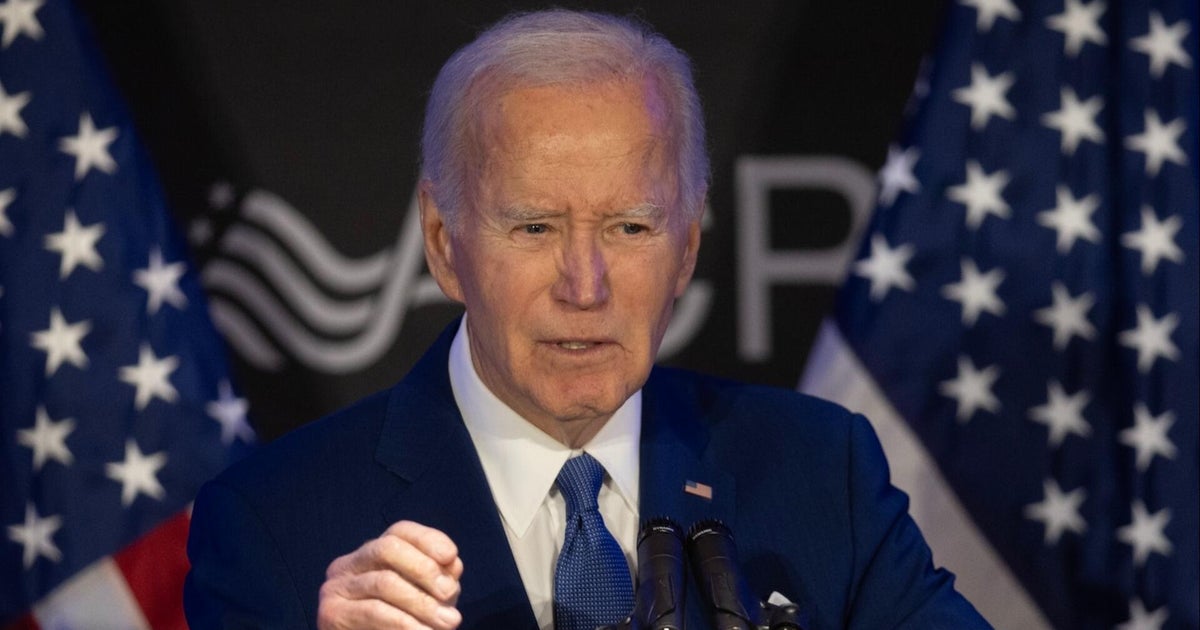Examining U.S. Politics One Year After Biden Dropped Out of the 2024 Race
In the year since President Joe Biden announced his withdrawal from the 2024 presidential race, the political landscape of the United States has undergone significant transformations. The recent discussions amongst political analysts and experts provide insight into the shifting dynamics. CBS News political director Fin Gomez offers a comprehensive look at the current state of U.S. politics.
The Context of Biden’s Withdrawal
Biden’s exit from the race was unexpected for many, considering the initial optimism surrounding his re-election prospects. The announcement came at a time when political tensions were already high, and voters were increasingly polarized. With his departure, the field opened up for other candidates, reshaping the dynamics within both the Democratic and Republican parties.
The Rise of Trump in His Second Term
It’s been six months since former President Donald Trump commenced his second term. His administration has continued to polarize the nation, and his influence within the Republican Party remains significant. Observers note that Trump’s policies have energized his supporters while simultaneously alienating moderates. As he consolidates power, questions arise about how his presidency will be shaped by public opinion and upcoming elections.
Energetic Voter Bases
Both parties are now grappling with evolving voter sentiments. The Democratic Party, having lost a key candidate, is navigating the challenge of uniting its diverse factions. Progressive and moderate wings sometimes find themselves at odds. This internal tension complicates the party’s strategy as they prepare for the upcoming elections.
On the Republican side, Trump’s loyal base continues to grow. Analysts observe that his ability to command attention and support plays well in the current political climate, leading to a solidifying of his voter base. This dynamic places pressure on potential challengers within the party, who must articulate compelling narratives to attract their own supporters.
The Role of Social Media
The impact of social media in shaping political discourse cannot be overstated. Platforms like Twitter and Facebook have become battlegrounds for both parties as they seek to engage with voters directly. Trump’s adept use of these platforms has allowed him to maintain visibility and influence, keeping opposition at bay. Conversely, the Democrats are working to harness these channels effectively, especially to engage younger voters and those disenchanted with traditional political messages.
Key Issues at the Forefront
As the political conversation evolves, several critical issues remain hot topics. Healthcare, gun control, climate change, and economic inequality are areas of significant concern for voters. With the 2024 elections approaching, candidates are focusing heavily on how they plan to address these pressing matters.
The Biden administration’s handling of these issues during his tenure has been scrutinized, particularly regarding the pandemic’s aftereffects and economic recovery efforts. Expect both parties to present divergent viewpoints as they market themselves to the electorate.
Polling and Public Opinion
Public opinion polls indicate a complex landscape, reflecting deep divides in voter sentiment. As analysts dissect these numbers, they highlight the critical role that independents will play in upcoming elections. The ability to sway this demographic will be crucial for any candidate aspiring to secure the presidency.
Surveys show that Biden’s approval ratings have fluctuated, emphasizing the necessity for the Democrats to reassess their strategies moving forward. Republicans may perceive these fluctuations as opportunities to capitalize on dissatisfaction with the current administration.
The Impact of Legislative Changes
Legislative changes introduced during Biden’s term have also stirred significant debate. Recent battles over voting rights, infrastructure spending, and social programs have deepened the divide between the two major parties. With Biden absent from the race, the Democratic Party must articulate clear positions on these matters to resonate with the electorate.
Electoral Strategies Shaping Up
As the timeline ticks closer to the 2024 elections, candidates are refining their electoral strategies. Republicans are expected to rally behind Trump, capitalizing on his robust backing among partisans. On the other hand, Democrats will likely seek to emphasize unity and a clear policy vision to win over cautious voters.
Candidates will need to navigate the complexities of their party’s platforms while positioning themselves as distinct choices to the electorate. This balance has become a tactical necessity in a polarized political environment.
The Road Ahead
With one year since Biden’s dramatic exit from the race, the political atmosphere remains charged. As issues evolve and candidates emerge, both parties are compelled to adapt and innovate. Progressively addressing voter concerns, harnessing grassroots support, and understanding public sentiment will be imperative in shaping the trajectory of U.S. politics in the coming months.
This moment in the political landscape serves as a reminder of how fluid and unpredictable the world of politics can be. Observers will be keenly watching as events unfold in the lead-up to the 2024 elections. Each move, strategy, and public reaction will likely contribute to the future structure of political power in America.



